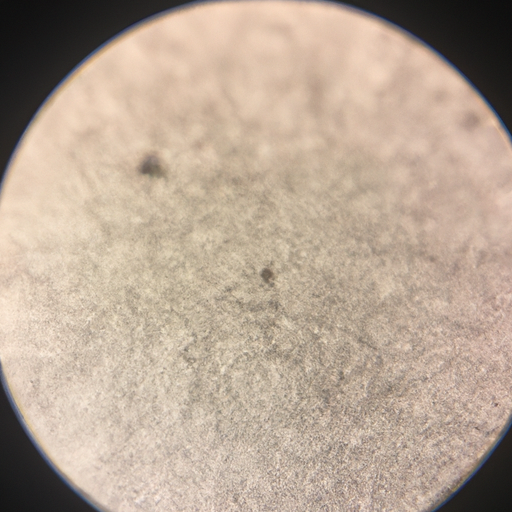Introduction
You’re a caregiver. You love your furry companions and you want the best for them. But what happens when your beloved pet starts scratching or showing signs of discomfort? It could be mites, tiny creatures that can cause a lot of trouble for your four-legged friend. But what do mites look like on dogs? Let’s find out.
Understanding Canine Mites
When you think of mites, you might imagine specks barely visible to the naked eye. That’s because mites are microscopic parasites that infest the skin of dogs. They are too small to be seen without a microscope. However, they leave telltale signs:
- Excessive scratching and itching
- Redness and inflammation of the skin
- Hair loss, especially in patches
- Scabs or sores
| Signs | Description |
|---|---|
| Excessive scratching | Mites can cause intense itching, leading to constant scratching. |
| Redness and inflammation | The skin becomes red, swollen and tender due to irritation. |
| Hair loss | Hair may fall out in patches where mites are present. |
| Scabs or sores | Biting and scratching can lead to open sores or scabs. |
Types of Mites in Dogs
There are several types of mites that can infest your dog’s skin:
- Demodex Mites: These mites live in the hair follicles and oil glands of the skin. They cause a condition known as demodicosis, which can lead to hair loss, skin inflammation, and secondary skin infections.
- Sarcoptes Mites: Also known as scabies, these mites burrow into the skin causing intense itching and discomfort.
- Cheyletiella Mites: These mites live on the skin surface and are sometimes called “walking dandruff” because they cause flaky skin that looks like dandruff.
Treating Mites in Dogs
If you suspect your dog has mites, it’s crucial that you seek veterinary care immediately. The vet will conduct a skin scraping test to confirm the presence of mites and then recommend appropriate treatment. This could include topical creams, oral medication, or medicated shampoos, depending on the type and severity of the infestation.
Preventing Mites in Dogs
Preventing mites is often easier than treating an infestation. Here are some steps you can take:
- Regularly groom your dog and check for signs of mites.
- Ensure your dog’s bedding is clean and free from mites.
- Keep your dog’s immune system strong with a healthy diet and regular exercise.
- Avoid areas known to have mite infestations.
FAQ
Q: Can humans get mites from dogs?
A: Some types of mites can be transmitted from dogs to humans, causing temporary itching and redness.
Q: How long does it take to get rid of mites?
A: Treatment duration can vary from a few weeks to several months, depending on the type of mite and the severity of the infestation.
Q: Are mites dangerous to dogs?
A: While most mite infestations are not life-threatening, they can cause significant discomfort and lead to secondary infections if not treated.
Stay vigilant, and your pet will thank you for it. After all, a healthy dog is a happy dog!



